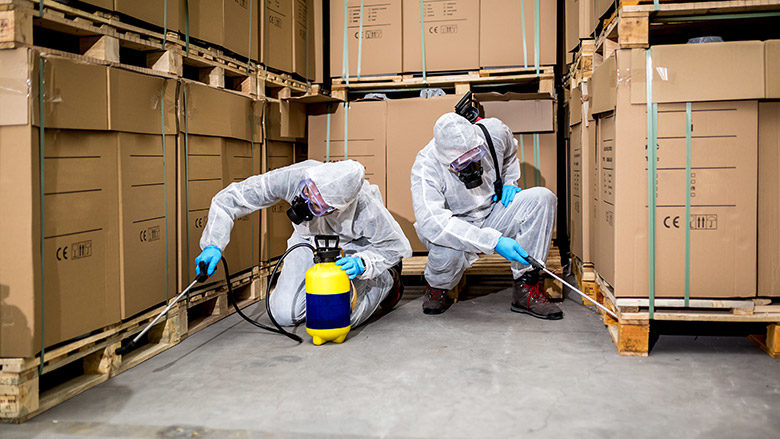Dumpsters are a regular sight in commercial areas where rubbish and other debris are disposed of. However, they can also draw pests like rodents, insects, and birds that can harm property and equipment, pose a threat to worker and customer safety, and cause problems with health and sanitation. The various bugs drawn to dumpsters, the effects of a pest infestation, and practical methods for pest control and prevention in commercial settings will all be covered in this article. Waste management software such as docket can help you with scheduling and tracking your dumpster pest management.
Pests attracted to Dumpsters and Their Types
Rodents: Rats and mice are drawn to trash because they can find food and shelter there. They have the ability to nibble through garbage bags and containers, distributing waste and raising the possibility of disease transmission.
Insects: Common pests that can be drawn to dumpsters include cockroaches, flies, and ants. As they travel from the dumpster to the places where food is prepared, these insects, which feed on food waste, can spread sickness and bacteria.
Birds: Pigeons, seagulls, and other birds use dumpsters as nesting and food locations. Their excrement can harm equipment and structures and cause sanitary and health problems.
Resulting from a Pest Infestation
Health and Sanitation Issues: Pests can spread infections and bacteria through their droppings, urine, and nesting materials. Customers and employees may be at risk, and surfaces and food may become contaminated.
Property Damage: By nibbling on electrical cables, insulation, and other materials, rodents, and birds can harm buildings, machinery, and automobiles.
Financial Losses: Pest infestations can result in expensive repairs and replacements, missed sales, and reputational harm for a company.
Techniques for Pest Management and Prevention
Routine maintenance and cleaning: Pest attractiveness can be decreased by keeping a trash area clean and well-maintained. This entails routinely collecting waste and rubbish, maintaining a clear space, and fixing any leaks or cracks that could serve as entry points for pests.
Proper waste management: can lessen pests’ attraction to dumpsters by properly disposing of food scraps and other attractants in sealed containers. Additionally, garbage bags must be stored and fastened securely until disposal.
Physical Barriers: You can keep pests out of dumpsters and nests by installing physical barriers like tight-fitting lids, screens, and seals. Additionally, it can lessen spills and odors.
Pesticides and traps can be used to reduce pest populations. Still, they should be used in conjunction with other prevention and management techniques and under the supervision of a certified pest control specialist.
Habitat modification: Because dumpsters offer food, water, and shelter, pests are drawn to them. It is possible to lessen the attractiveness of pests by altering the local habitat to remove these attractants.
Conclusion
Commercial dumpsters may attract pests including rats, insects, and birds, which can cause sanitary problems, property damage, and financial losses. Effective pest control and management techniques, including as routine cleaning and maintenance, good waste management, physical barriers, insecticides and traps, and habitat alteration, are crucial for businesses to apply. By following these actions, businesses can lower their risk of pest issues, keep their workplaces clean and healthy, and ensure the security of both their workers and clients. It is advised to seek the advice of a certified pest control expert in order to get the finest outcomes.









































